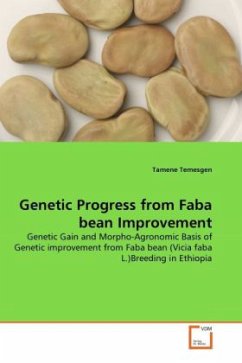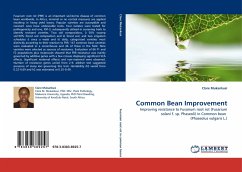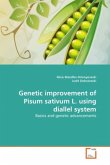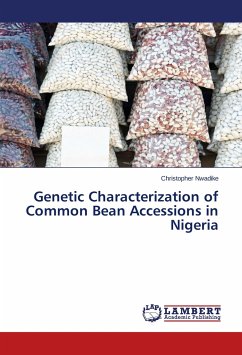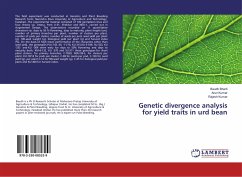Ethiopia is the first producer of faba bean (Vicia faba L., 2n=12) in Africa and the second in the world next to China. It is the most important pulse crop occupying about 35 percent both in terms of area coverage and volume of annual production of all pulses produced in the country. The inception of well organized faba bean breeding in Ethiopia was dated three decades back with the strong hybridization program commenced in mid 1980's. Knowledge of the level of genetic progress achieved from a long-term breeding effort made over time by a breeding program is very important to understand the changes produced by crop breeding and to evaluate the efficiency of past improvement work so as define more sound future breeding strategy. This book presents , the magnitude of genetic gain from faba bean breeding efforts made since its early inception and the morpho-agronomic basis of genetic improvement achieved so far from the same efforts, and gives the direction of what the future faba bean breeding program would follow.
Bitte wählen Sie Ihr Anliegen aus.
Rechnungen
Retourenschein anfordern
Bestellstatus
Storno

